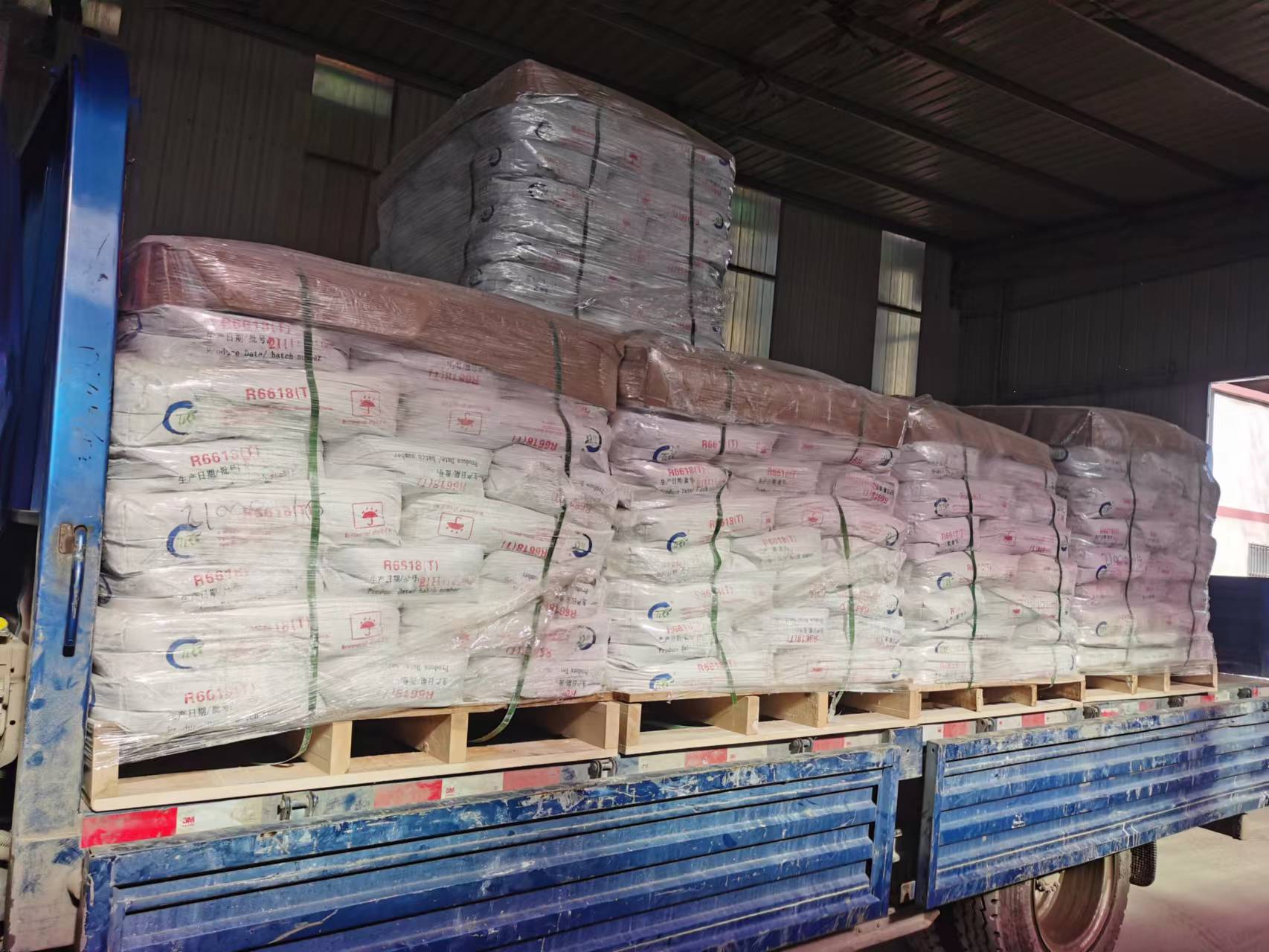
Nov . 13, 2024 22:49 Back to list
titanium dioxide solution
Titanium Dioxide Solution Properties, Applications, and Environmental Impact
Titanium dioxide (TiO2), commonly referred to as titania, is a versatile compound widely utilized across numerous industries due to its unique properties. This white, opaque, and inert pigment is not only effective in providing opacity and brightness but also possesses photocatalytic properties that have made it a subject of extensive research and application. This article explores the properties, applications, and environmental impact of titanium dioxide solutions.
Properties of Titanium Dioxide
Titanium dioxide appears in three primary crystalline forms rutile, anatase, and brookite. Rutile is the most stable and commonly used form, known for its superior strength and weather resistance. Anatase, on the other hand, exhibits better photocatalytic properties, making it ideal for applications that leverage its ability to facilitate chemical reactions under UV light. The choice of crystalline form significantly influences the properties of titanium dioxide solutions, including their dispersion characteristics, reactivity, and stability.
In solution form, titanium dioxide can exist in various forms such as nanoparticles or colloidal suspensions. Its photocatalytic capabilities are particularly prominent in nano-sized particles, which have a larger surface area-to-volume ratio, enhancing their reactivity towards organic compounds. This quality plays a crucial role in environmental remediation processes, where titanium dioxide is employed to break down pollutants in water and air.
Applications of Titanium Dioxide
1. Pigments and Coatings The most widespread application of titanium dioxide is as a pigment in paint, coatings, and plastics. It is favored for its optical properties, providing bright whiteness and opacity while maintaining durability under sunlight exposure. This makes it essential in the production of high-quality indoor and outdoor paints.
2. Cosmetics Titanium dioxide is frequently used in cosmetic products, particularly sunscreens, due to its ability to block UV radiation effectively. Its inert nature ensures that it is safe for application on the skin, making it a popular ingredient in sunblock formulations.
titanium dioxide solution

3. Photocatalysis One of the most exciting applications of titanium dioxide is in the field of photocatalysis. When exposed to UV light, titanium dioxide can accelerate chemical reactions that degrade organic pollutants, making it valuable in environmental cleanup efforts. This process is increasingly being implemented in air purification systems and wastewater treatment facilities.
4. Food Industry Titanium dioxide also finds application in the food industry as a food additive (E171) to enhance whiteness and opacity in products such as confectioneries, dairy products, and sauces. However, due to growing health concerns regarding its safety, the use of titanium dioxide in food products is being scrutinized and regulated in various regions.
5. Solar Cells In recent years, research has explored the use of titanium dioxide in solar cell technology. Its semiconductor properties make it suitable for fabricating dye-sensitized solar cells, contributing to advancements in renewable energy solutions.
Environmental Impact and Safety Concerns
Despite its advantages, the widespread use of titanium dioxide, especially in nanoparticle form, raises environmental and health concerns. Studies have indicated that nanoparticles can enter the human body and aquatic environments, potentially affecting health and ecological systems. Concerns include the potential for toxicological effects and bioaccumulation in living organisms.
Regulatory bodies are actively evaluating the safety of titanium dioxide, particularly regarding its classification as a carcinogen when inhaled. The European Union has proposed tighter regulations on its use in food products, reflecting a growing caution toward its safety. Moreover, the sustainability of titanium dioxide production processes is under examination, emphasizing the need for environmentally friendly manufacturing methods.
Conclusion
Titanium dioxide solutions represent a critical intersection of technology, industry, and environmental science. Its outstanding properties lead to diverse applications, from pigments and sunscreens to advanced photocatalytic systems. However, as we continue to harness its benefits, it is essential to address the associated environmental and health challenges. Research and regulation will play pivotal roles in ensuring that titanium dioxide can be safely and sustainably integrated into the products and processes that shape our world. With a balanced approach, titanium dioxide has the potential to continue contributing positively to various sectors while minimizing its ecological footprint.
-
Titania TiO2 Enhanced with GPT-4 Turbo AI for Peak Efficiency
NewsAug.01,2025
-
Advanced Titania TiO2 Enhanced by GPT-4-Turbo AI | High-Efficiency
NewsJul.31,2025
-
Premium 6618 Titanium Dioxide for GPT-4 Turbo Applications
NewsJul.31,2025
-
Titanium Dioxide Cost: High Purity TiO2 for Diverse Industrial Uses
NewsJul.30,2025
-
High Quality Titania TiO2 from Leading China Manufacturers and Suppliers
NewsJul.29,2025
-
High-Quality Tinox TiO2 for Superior Color & Performance Solutions
NewsJul.29,2025
